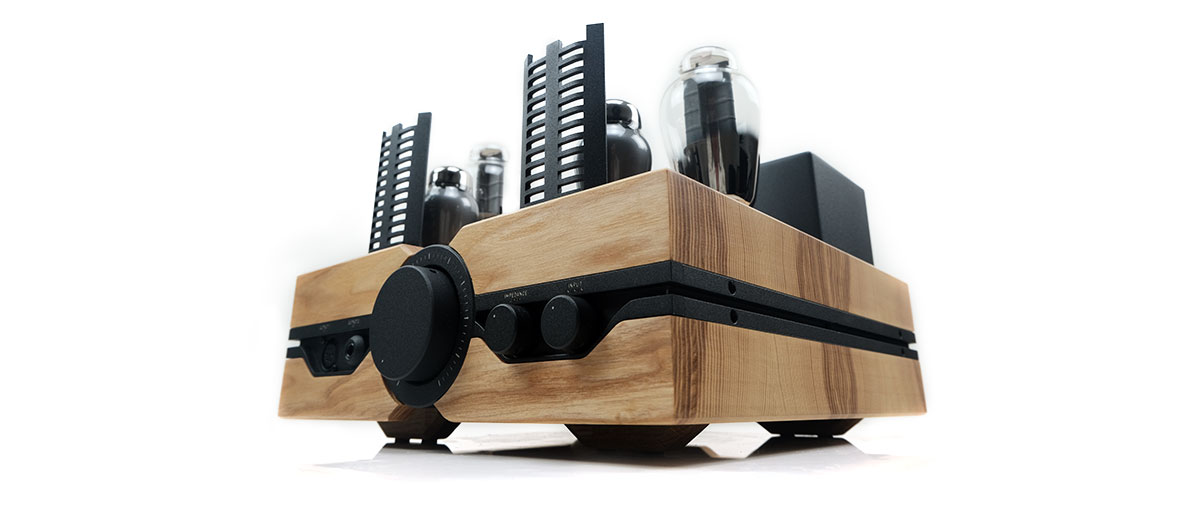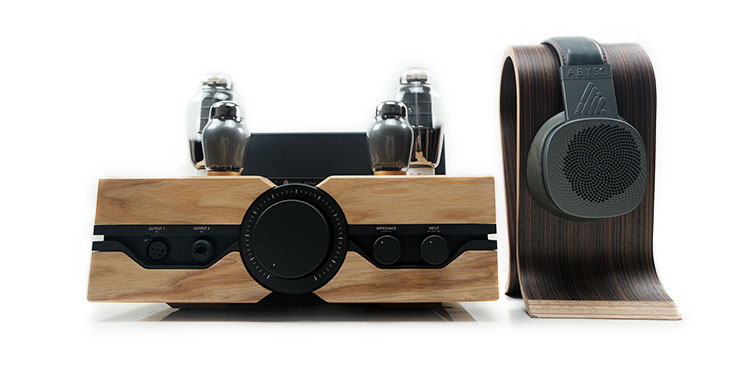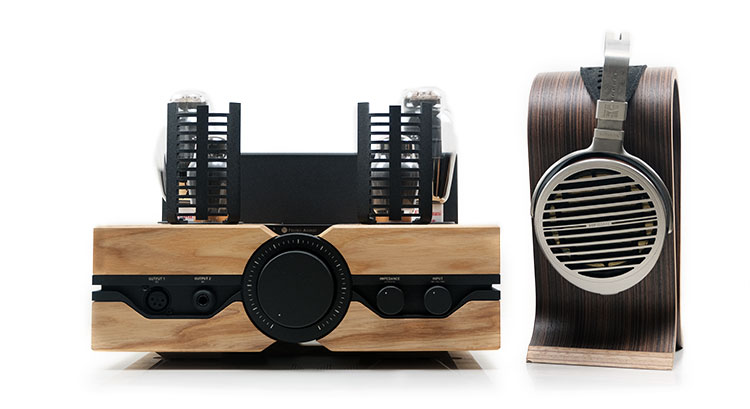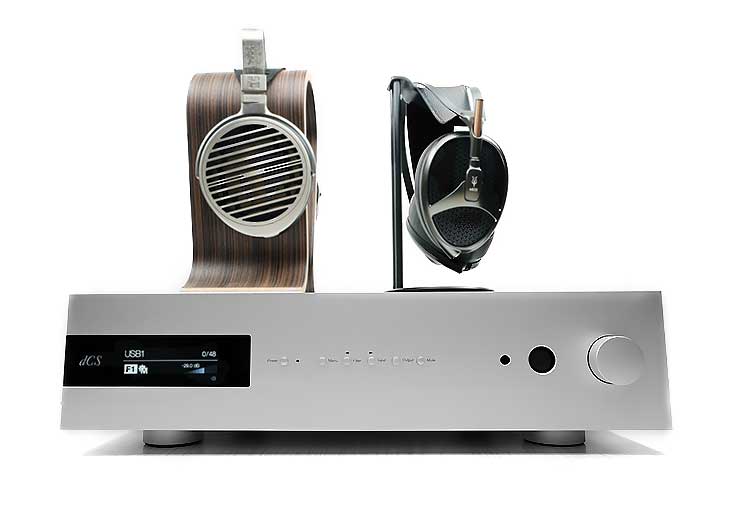Sound Impressions
Summary
The Envy is probably one of the most impressive and powerful headphone tube amplifiers I have reviewed and heard to date. This is a boisterous and dynamic sound rather than a flat reference-like neutral delivery.
Susvara owners will have no problem pairing their beloved headphones with the Envy in terms of voltage and current headroom on the ‘hi’ impedance setting. This is where this amplifier offers the best driving power with planars.
The Envy is not neutral, however, there is a bit of ‘play’ and joyfulness in its signature. But it does ooze plenty of clarity alongside some impressive technical capabilities, particularly in its large staging quality and excellent instrumental separation. I do suggest pairing this with a balanced DAC with excellent voltage output to take advantage of that raw power on offer.
Feliks Audio has tuned the Envy with a powerful and deep low-end. Perhaps one of the best low-ends I have heard in tube amp to date. You will find no classic ‘tube sag’ in the bass response, thanks to the solid-state rectifier. It’s taught, and well defined, and not once does it muddy up the mids with some excellent layering.
Yet, it is not all about the energy or dynamics, the timbre is more to the pure and sweet side in the mids rather than a thick or dense weighted coloration. There is a clean and well-extended treble performance also that might start off as a bit bright sounding with some headphones such as the Diana Phi but never ‘over-edged’ and does settle down after a few hours.
I suspect that initial brightness or treble energy from the Envy comes from those Jantzen Superior Z-caps breaking in, a known trait for these capacitors fresh out of the box.
Timbre
The Envy is not exactly about that classic tube timbral quality. What I mean by that is that relaxed pace, high on euphony, with a rich and warm underbelly. The performance has more of a precise but pure tone for me, with a neutral level of body and a slightly shorter decay in the mids mid-instrumental and vocal notes.
Note weight is excellent though, the PRaT is fantastic with that sold deep bass response but again, it is not a languid long decay in the note delivery. Fulsome yes, but snappy and very spacious also.
Combined with speedy planars such as the Diana Phi and the Susvara the Envy timbral quality has that essential tube smoothness on the attack but also a level of dynamic range and clarity for clearly defined low-end notes to come in and out without falling on top of each other.
Once you move into the mids and treble it’s a slightly different story. It remains a very natural tone but more on the sweeter side with a high-fidelity level of articulation in its delivery.
Again, not your classic relaxed interpretation and not an overly dense and rich timbre. The Envy stays light on its feet with a very slight odd-harmonic uptake to give it a hint of euphony but without too much ‘treacle’ if you understand what I mean.
The treble has shimmer. More so out of the box with some percussion highlights taking center stage with the likes of the LCD-5 and the Susvara. After a few hours though it starts to blend in really well and become a major factor in that sweetish midrange coloration.
Staging & Resolution
The Envy delivers a very expansive soundstage, one that contrasts some incredible depth and an excellent level of sub-bass presence with a very spacious and holographic-sounding midrange.
Height is not an issue once you get a few hours under the belt with the Envy. It is not an overly ethereal staging quality, notes are not thinned out or brittle sounding unless your headphone is tuned that way, to begin with.
Other amps, such as the Auris Audio HA-2SF and even at times the Ferrum OOR, will deliver a slightly thicker and more robust central staging quality in the lower mids, and some vocal performances can sound weightier.
That might be the one area you will notice if you love very forward vocals alongside energetic rock instrumental arrangements. It is not so much the vocal presence it dipped or weaker but rather its arena-like quality will bring a lot more elements into the soundstage alongside the voices that compete for your attention.
However, competing amps such as those two aforementioned do not sound quite as wide or as spacious. Stereo imaging on the Envy is impressively wide with headphones such as the Susvara sounding satisfyingly full at the very extreme edges of their soundstage.
That impressive instrumental separation and imaging also mean that even if vocals are competing with a heavy bass line or the percussion energy is strong they still have plenty of space to stand out and be heard.
Synergy
Sensitivity
The Envy isn’t really set up for sensitive IEMs, though quite why you would buy an 8W capable desktop tube amplifier for in-ear monitors is beyond me. You never know, some have grand ideas.
The main problem for IEM matching is the output resistance levels which are going to end up skewing a lot of delicate BA implementations.
The Envy output ratings range from 3.8Ω on a 32Ω load (lo), to 8.8Ω on a 100Ω load, (mid), and 20Ω on a 600Ω load, (hi). Compared to the Ferrum OOR which is rated at just 0.3Ω for its output you can see where the challenge might be.
These resistance levels are more in keeping with headphone requirements with planars being impedance agnostic and will work just fine from the high setting where the voltage headroom is at its strongest.
However, it is not impossible to match an IEM successfully to the Envy. For example, less efficient or non-BA IEMs on the ‘lo’ impedance setting such as the VE EXT sounded incredibly dynamic with a low noise floor and almost no background hiss with enough workable volume to keep a lid on the gain.
Of particular note were the precise channel separation and expensive stereo imaging of the EXT pairing. Spatial cues right at the very edges of the soundstage came through loud and clear not to mention the fantastic depth that I know the EXT is capable of. The Envy can generate some excellent bass ‘bounce’ which the EXT responds to magnificently.
Driving Power
Yup, the Envy can drive the Susvara very well indeed. Headphones such as the Abyss Diana Phi and the DCA Stealth pose no challenges either in terms of voltage and current headroom.
Granted, the Envy 8W power curve is more to the low end of impedance levels at 16Ω compared to the likes of the OOR which offers 8W at 60Ω but even at 32Ω, you are getting 6W with excellent voltage levels using the ‘hi’ impedance setting. And remember, that’s 8W or 6W whether you use the SE or the balanced output, there is no power difference between either connection.
HIFIMAN Susvara
The dynamic range with the Susvara pairing is truly excellent. At no point did the Susvara performance sound sluggish or shrunken. Quiet moments delivered effortless clarity with sudden and dramatic changes sounding sure-footed and explosive. In fact, the staging was impressively expansive, very holographic, and with a very pure to slightly sweet timbre throughout.
Vocals never felt overly dense or rounded with this pairing. There are some other amps that I felt delivered a more robust and thicker tonal quality but without that inviting sweetness.
There is also a very subtle uplift in the upper harmonic order that gives vocals a bit of lift and clarity without any unintended dissonance. The Susvara keeps it perfectly under control with some impressive instrumental separation to allow them to breathe at the same time.
Diana Phi/DCA Stealth
As for the Diana Phi, I am barely getting past 9 a.m. on the dial with the Holo Spring DAC 2’s balanced input feeding the Envy. No issues here at all with driving power.
This is probably one of the few pairings to get the low-end performance from the Diana Phi really moving. The Envy’s dynamic low-end teases out a very expressive bass response from the Phi though bear in mind it is still not as physical as something like the Final D8000‘s power. Rather it is tight, superbly defined, and very quick indeed.
Speaking of low-ends, the Envy is also one of the few amplifiers to get that DCA Stealth bass moving also. Sometimes the Stealth can sound a bit float with overly neutral sources or amplifiers. Not so with the Envy which injects some welcome sub-bass body and presence though not quite as lively as the Phi pairing.
Of the two headphones in terms of timbre, the Stealth is the more natural-sounding pairing, particularly through the mids with the Envy. Whereas the Phi pairing will deliver the speed and attack in spades and throw a little bit more light on the Envy’s treble sparkle.
Source Pairings
I tried three DACs of varying pedigree including the Chord Qutest, Holo Audio Spring 2 DAC, right up to the Ring DAC output from the dCS Bartok.
The Qutest did well though bear in mind it has an SE-only output into the back of the Envy with a default 2V fixed voltage though you can increase to 3V safely enough without distortion. That said, on 2V, the Envy low-end delivered some excellent impact and power with our test headphones, the DCA Stealth.
The Qutest will also tease out a bit more brightness or treble energy compared to the alternative DACs we tested but not so much as to upset the tonal balance of the Envy. You can also set the Qutest to its warm filter to fine-tune the synergy but the Stealth seemed to handle it with no issues.
The dCS Bartok Ring DAC was beefier and more rounded through the bass and mids with just a shade off the treble energy compared to the Qutest when paired with the Stealth. Those slight odd-harmonic or shimmery overtones of the Qutest were pushed down a bit more giving vocals a more balanced and natural tone.
Again, the bass response was physical and impactful, something which the Envy does very well to tease out with the Stealth, regardless of the DAC. However, there was a shade more warmth and better detail in the bass texture compared to the Qutest.
The Holo Spring DAC 2 was probably my favored pairing despite it being a much cheaper DAC compared to the Bartok. There was something magical about this pairing with the Stealth. Granted, it is not as airy or quite as precise as the Ring DAC but its smooth analog overtones provided the perfect complement to the Envy’s dynamic tuning.






